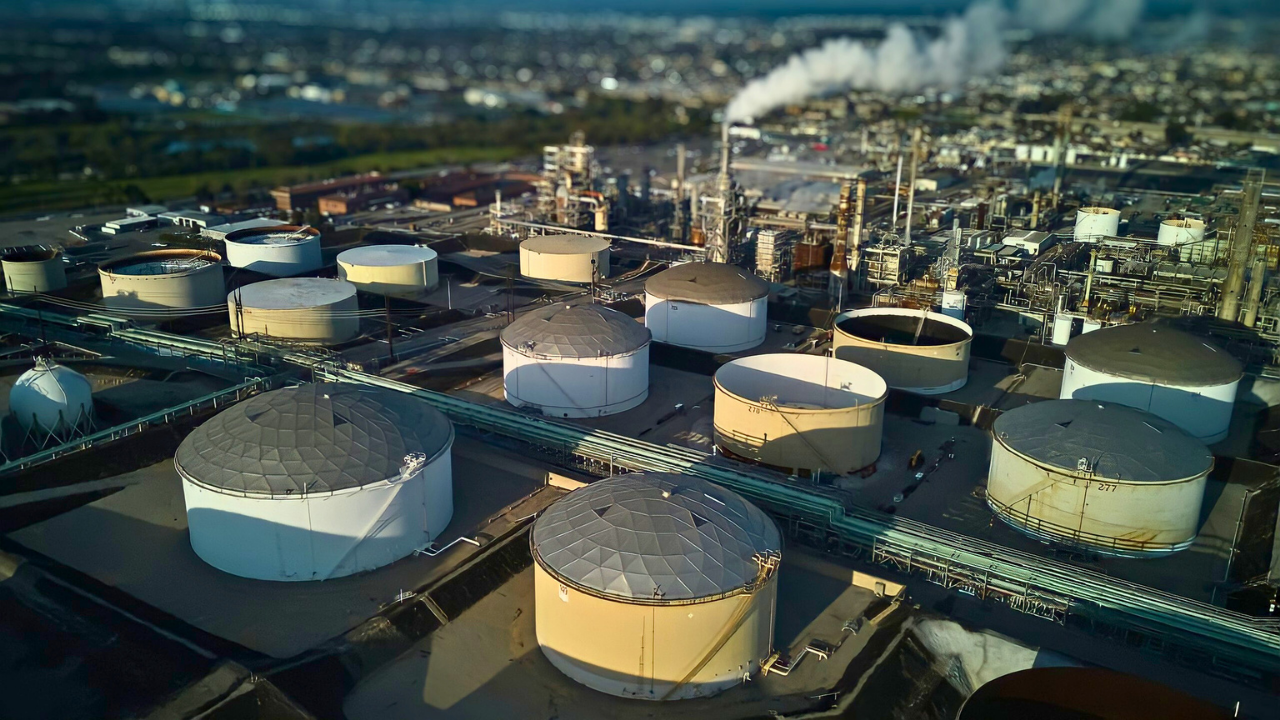
California’s gasoline market is facing tough times. The planned closing of a major Los Angeles oil refinery means the state will lose about 8% of its gas supply. Experts are warning that prices might reach record highs and could potentially hit $8 per gallon by late 2026.
With no immediate fixes in sight, the situation is capturing the full attention of both lawmakers and everyday drivers.
The Phillips 66 Plant, What’s Happening?
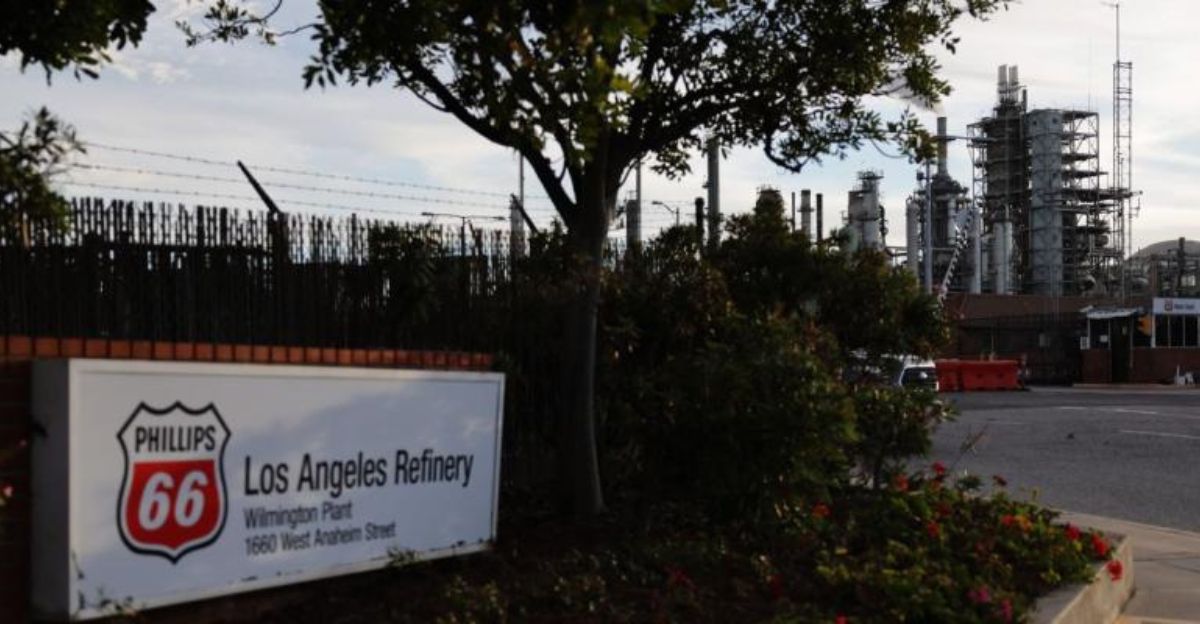
The Phillips 66 refinery in Los Angeles, which can process 139,000 barrels of oil each day, is shutting down in stages throughout the last part of 2025 and will close completely by year’s end. The decision, made due to shifting market needs and economic factors, will put a big dent in California’s fuel supply.
According to company statements and industry insiders, this was a business move responding to broader changes across the sector.
Lost Jobs and a Hurting Economy
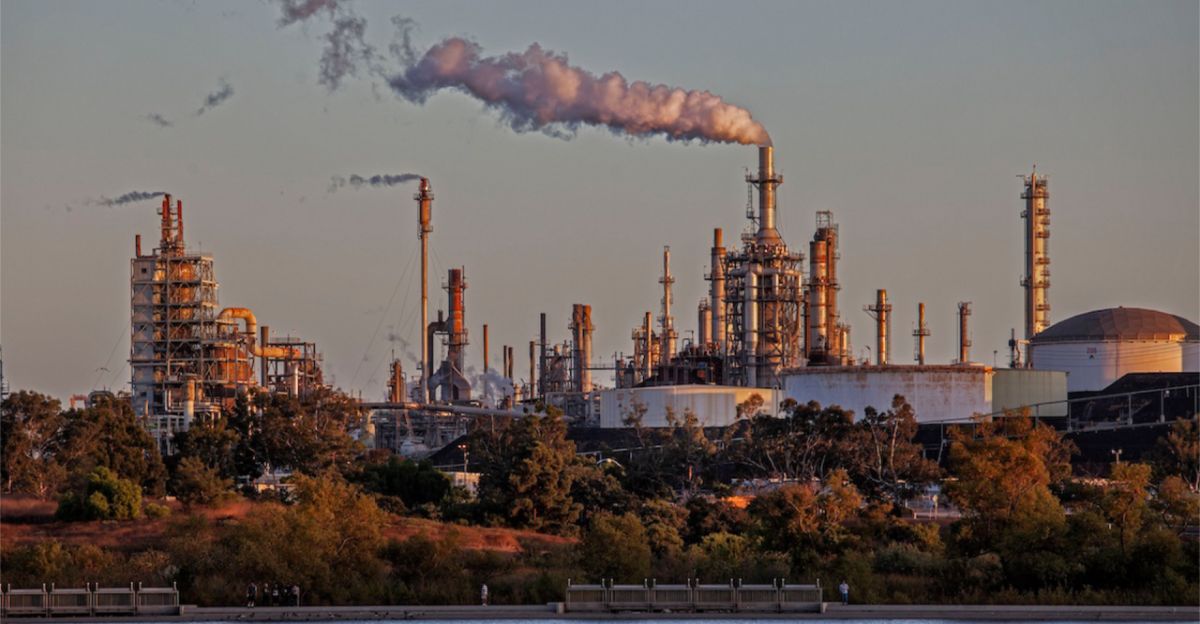
When a big refinery closes, it isn’t just gas supplies that take a hit. Around 600 employees and 300 contractors will lose their livelihoods with the shutdown of the Phillips 66 facility. While the company says it will try to help workers find new opportunities, uncertainty hangs over the local economy.
Community leaders and workers alike are worried about what comes next. For nearby neighborhoods, this is more than a business headline, it’s a major life change. “The jobs that it holds, the individuals … working each and every day, those individuals live in my district, they shop in my district, they add to the economy in my district,” said Assemblymember Mike A. Gipson of the Gardena district.
The Fragile Supply Chain

California already has one of the tightest gasoline supply chains in the U.S. Unlike other states that can easily bring in more fuel by pipeline, California’s options are limited by geography and tough environmental rules.
Taking even one big refinery offline can leave the whole market vulnerable, bumping up both prices and the risk of actual shortages.
The $8 Per Gallon Possibility
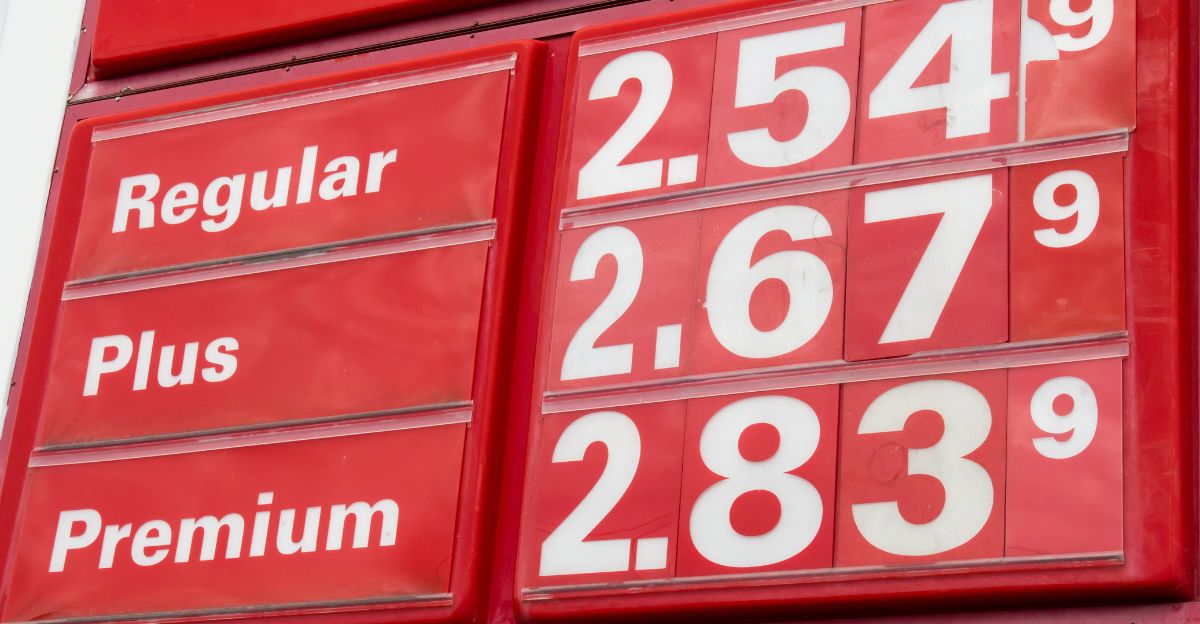
Energy experts say that if nothing is done to offset lost supply, pump prices could hit a whopping $8 per gallon by late 2026. These price jumps are driven not just by refinery closures but also by California’s unique regulations.
The price spike isn’t just a forecast, recent history has already shown the market’s sensitivity.
Another Big Shutdown Looms

The closure of the Phillips 66 refinery is just one half of the story. In spring 2026, Valero’s massive refinery in Benicia near San Francisco is also scheduled to close. Together, these two closures will remove about 17% of the state’s gasoline-making capacity in less than a year.
This could mark a turning point in California’s energy landscape and make the supply even more unstable unless urgent action is taken to bring in fuel from elsewhere. “California can ill afford the loss of one refinery, let alone two,” says USC Professor Michael Mische.
Prices Jump Quickly
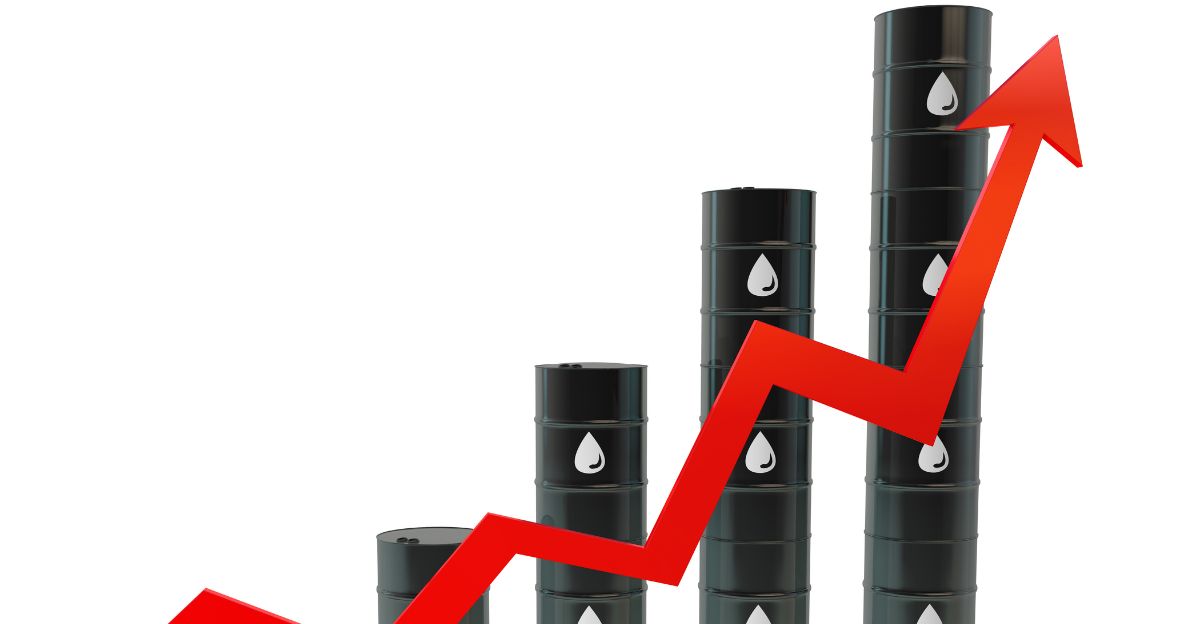
Whenever a major supply disruption hits, California gas prices jump almost immediately. Experts have reported that pump prices can rise anywhere from 10 to 42 cents per gallon in just days following a supply shock.
Each small disruption is a reminder of how closely the market watches California’s refining network.
High Gasoline Use Persists

California remains one of the biggest gasoline users in the U.S., burning through over 13 million gallons every single day despite ongoing efforts to shift toward cleaner energy.
Even with new rules to encourage electric cars and cut carbon emissions, gasoline is still king, and any supply shock can have outsized effects.
Turning to Imports

With in-state production falling, California is importing more fuel than it has in four years. Most of this gasoline arrives from Asia, including South Korea and Japan.
However, importing fuel costs more and adds further pressure to the already high retail price at the pump.
Rules That Push Prices Higher

Californians don’t just pay for gas, they also pay for a slew of state-mandated requirements, from special fuel blends to numerous environmental fees and taxes.
These add-ons can account for up to $1.47 per gallon beyond the price of regular gas. Even when oil prices fall nationwide, these fees keep California prices near the top.
Calls for Action from Leaders

As prices rise, lawmakers and industry leaders have criticized California’s lack of a plan to handle refinery closures. Many worry that state leaders are scrambling too late to protect drivers from price spikes.
Political debates are intensifying as the energy crunch becomes a top issue in local and state government. “They have said that they cannot do business in the state of California,” Gipson reiterated. “The regulatory agencies have imposed on the refiners of California very stringent regulation that makes it very difficult for them to remain in the state of California.”
Hard Times for Local Communities

Communities around Los Angeles and Benicia are bracing for more than just expensive gas, they’re facing job losses, rising daily expenses, and general uncertainty.
For many families, a refinery job meant a stable income and a sense of community. For these towns, the closures are deeply personal and ripple through every aspect of life.
Less Supply, Big Shortages
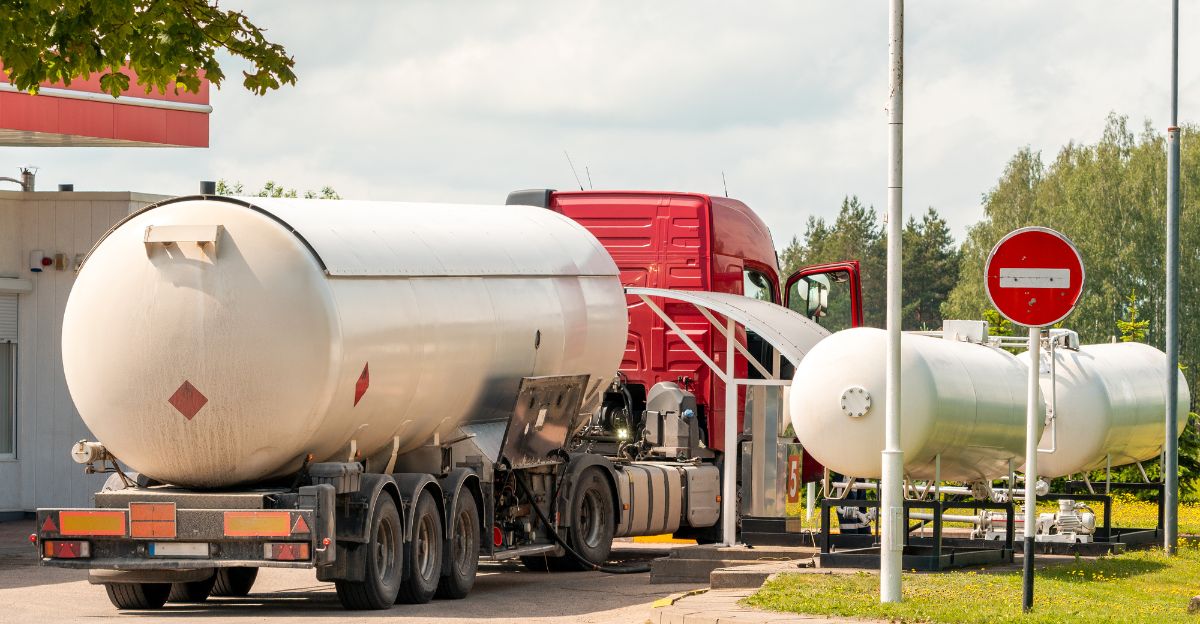
Closing two major refineries could leave California short by a few million gallons of gasoline every day, depending on demand and the ability to get fuel from other sources.
This gap is huge, especially considering the state’s massive daily consumption. “Multiple models indicate that the shutdown of the two California-based refineries could possibly place the Golden State in a precarious economic situation and create a gasoline deficit potentially ranging from 6.6 million to 13.1 million gallons a day, as defined by the shortfall between consumption and production,” said Professor Mische.
Clean Energy Ambitions and Real-World Problems
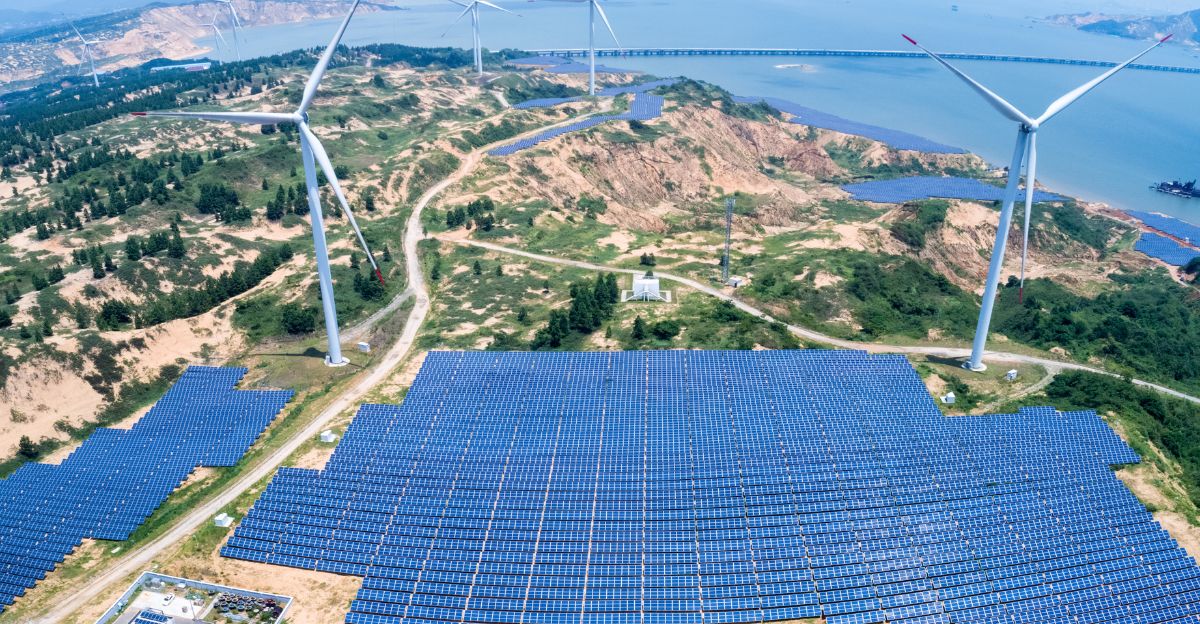
California is pushing hard for cleaner energy and wants to lead the nation in moving away from fossil fuels. However, the refinery shutdowns are exposing the risks of not having enough backup plans. Grid integration, storage, and supply are critical gaps.
New Life for Old Refineries?

Some closed refineries are being converted into facilities that make renewable fuels, like biodiesel, instead of gasoline. However, these new operations can’t replace the lost gasoline supply just yet.
Building up renewable infrastructure takes time, and there’s a risk of falling even further behind on energy needs in the short term.